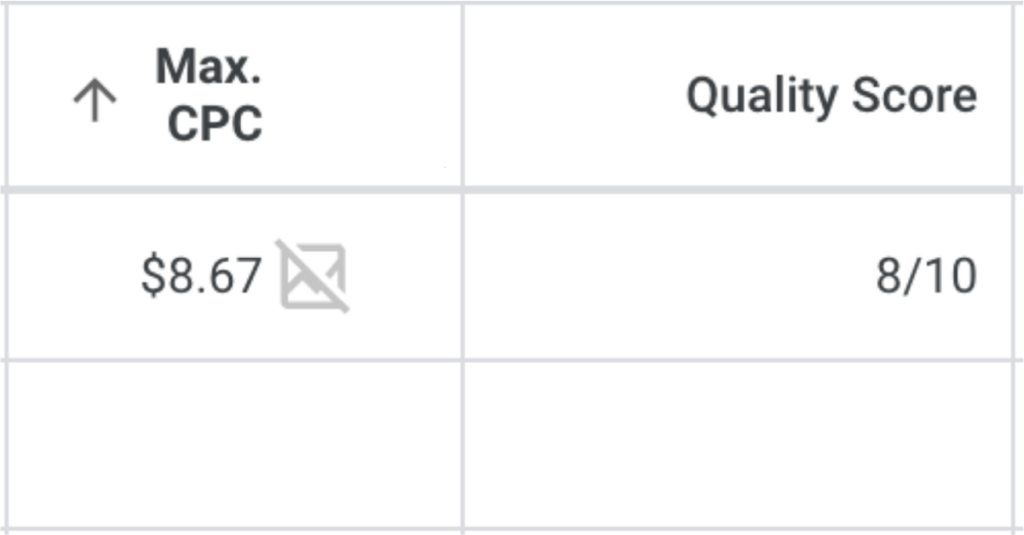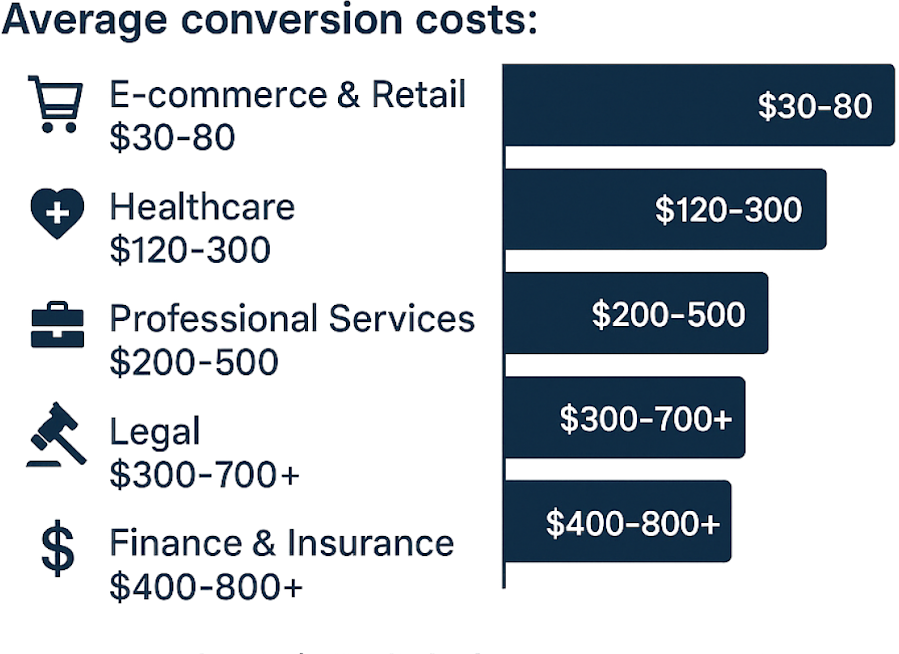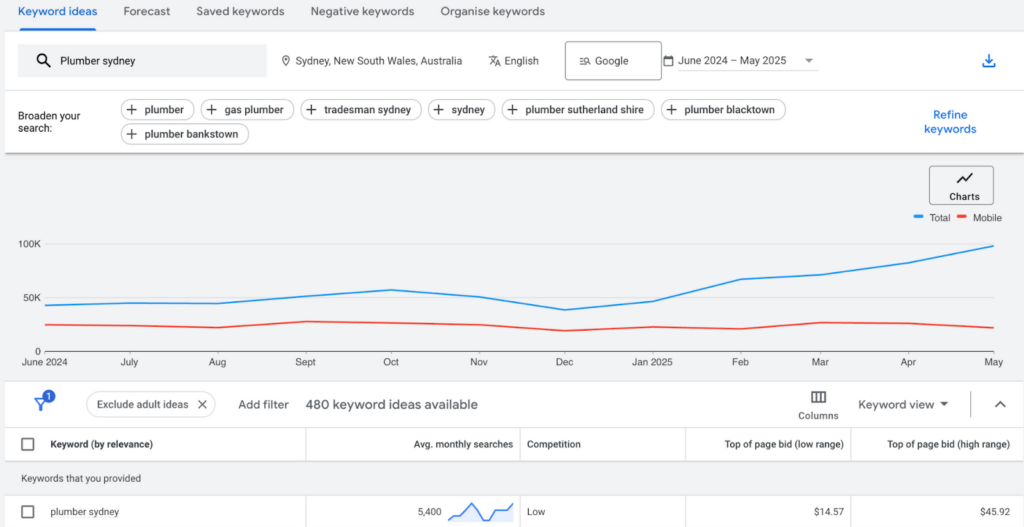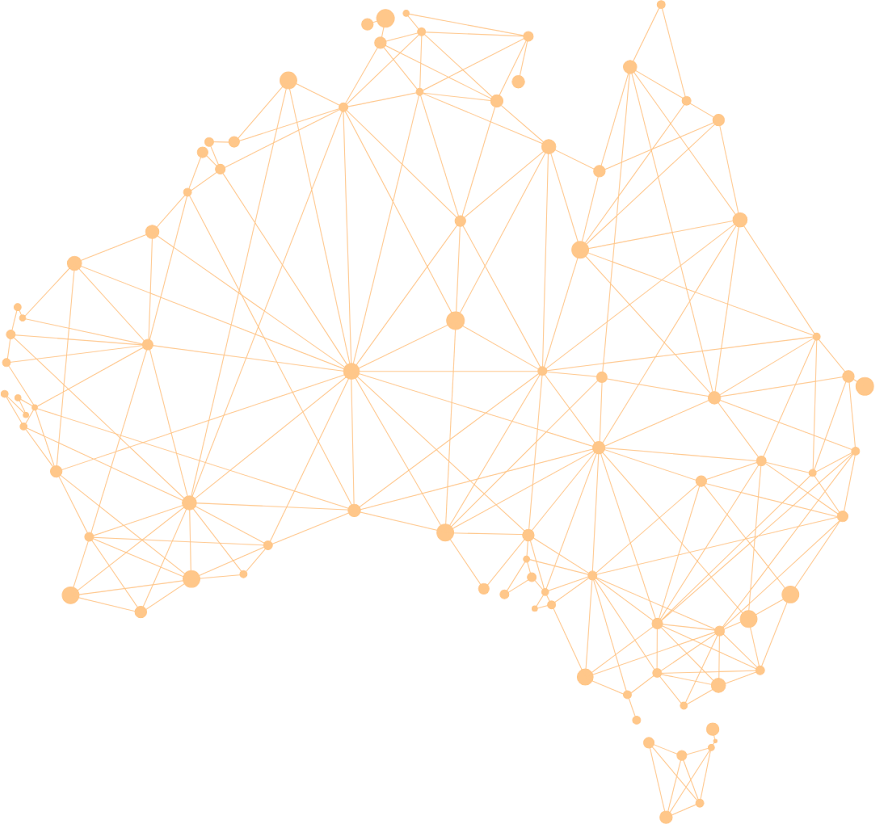Business owners always ask us the same questions: How much do Google Ads cost?
Why do some industries pay more?
What makes costs different between cities?
And what Google Ads budget do I need to see results?
And they are all warranted questions, because today Google Ads is essential for Australian businesses that want to reach customers searching for their products online.
Whether you run a trade business, online store, or professional service, you need to understand Google Ads costs.
This guide covers Google Ads pricing in Australia. We'll show industry costs, explain city differences, and break down all fees. By the end, you'll know what Google Ads will cost your business.
How Google Ads Work
To understand where your money will be going and how much of it you will need to part with, you need to understand how Google Ads work.
Your ad spend goes to different places when you run Google Ads campaigns.
Ad spend goes to Google when someone clicks your ad. This gets your business in front of people searching for what you sell through the Google Search Network.
Google Ads management fees pay for someone to run your campaigns. This includes keyword research, ad creation, monitoring performance and daily optimisations. Whether you need a Google Ads expert depends on your budget and skills.
Other costs include landing page work, tracking setup, and creating ads that convert visitors to customers.
Our ads expert Pat says: "Google Ads is probably one of the most measurable marketing channels out there. You can track it all the way to the very last dollar if you've got it set up correctly."
Setting it up correctly is the hard part.
How Google Ads Pricing Works
Google Ads uses a Cost-Per-Click model. When someone searches for your relevant keywords, Google runs an ad auction to decide which ads show up in search results.
The auction looks at two things which determine your Ad Rank:
- Your maximum bid (most you’re willing to pay for a click)
- Your Quality Score (how relevant Google thinks your ad is)

Quality Score affects ad relevance and has three parts:
- How well your ad copy matches the search
- Expected click-through rate
- Landing page quality and user experience
Ad Rank is based on a combination of your bid, ad quality, expected impact of ad extensions, and auction competition. A strong Quality Score can help you beat higher bids.
Cost Per Click is what you actually pay. It can be less than your maximum bid.
Budget Basics & Monthly Spending Limits
Google's budgeting works differently than you might think, and Google calculates your daily average budget differently from most platforms.
If you set a daily budget of $50, Google doesn't spend exactly $50 every day. It may spend up to $100 on busy days and less on slow days. You won't go over your monthly limit though across the whole month.
Monthly budget = Daily budget × 30.4
So $50 daily = $1,520 monthly maximum.
Google adjusts spending automatically based on when you're likely to get clicks and sales. You can check this in your budget report.
What Affects Google Ads Costs
Several things control how much you spend on Google Ads
Industry competition matters most. Legal, finance, and insurance pay premium rates because customers are worth more. E-commerce pays less because they need volume for online sales.
Competitive keywords make a big difference. Words with commercial intent like "buy" or "hire" cost more than general searches. Long tail keywords usually cost less but get fewer searches.
Location affects price. Sydney costs more than regional areas, but this varies by industry.
Timing matters. You can use ad scheduling to control when ads run. Retail costs more at Christmas. Tourism costs more in summer.
Quality Score directly affects costs. Better scores mean lower prices and better ad placement. While higher bids help, Google often prioritises ad relevance and landing page quality, which means a strong Quality Score can beat competitors with higher bids.
Average Cost Per Click (CPC) by Industry
Based on our client data, here's what different industries pay in Australia:
- E-commerce & Retail: $1.38 per click
- Medical & Healthcare: $3.79 per click
- Construction (Residential): $4.58 per click
- Professional Services: $8.21 per click
- Legal/Finance/Insurance: $15-20+ per click
Industries with valuable customers can afford higher costs. This drives up prices for everyone in those sectors with highly competitive keywords.
The Real Cost: Conversions
Click costs don't tell the whole story. Conversion costs matter more for your ad budget

Average conversion costs:
- E-commerce & Retail: $30-80
- Healthcare: $120-300
- Professional Services: $200-500
- Legal: $300-700+
- Finance & Insurance: $400-800+
For example: A $15 click that converts 10% of the time costs $150 per customer. A $3 click with 1% conversion costs $300 per customer.
This is why landing page quality and Quality Score matter for your target audience.
City Differences
In our experience, CPCs can vary significantly between cities due to local demand.
In one of our security client’s Performance Max campaigns, we noticed a clear difference in CPC across locations. Alice Springs averaged $1.93 per click, while Adelaide came in at just $0.99—despite using the same products, creative, and targeting. While Google doesn’t factor in things like crime rates directly, we suspect higher local demand for security solutions in Alice Springs drove up competition and costs.
Big cities like Sydney and Melbourne usually cost more. But regional areas can surprise you when demand is high and competition is low.
Research Tools
Google Keyword Planner shows estimated costs for your keywords. Search "plumber Sydney" and you'll see costs for related terms too.

Budget planning steps:
- Research your main keywords
- Add up daily costs based on target clicks
- Multiply by 30.4 for monthly budget
- Add 20-30% for testing
Other tools: SEMrush and SpyFu show estimated ad spend, keyword targets, and ad history—but the data is modelled based on third-party crawling and not from Google directly. It gives a good sense of trends, but it’s not always precise. Google's Auction Insights shows how you compare. These tools cost money though.
Starting Budgets
Here's what different businesses should budget:
Small local businesses: $500-1,500 monthly Good for local services, restaurants, single locations. Gives enough data for optimisation in 30-60 days.
Mid-sized businesses: $2,000-8,000 monthly For multiple locations or larger areas. The average mid-sized business spends $9,000-10,000 monthly.
Large enterprises: $10,000+ monthly For national campaigns and competitive industries on both Search Network and Display Network. Some spend $30,000+ monthly.Minimum budget: $1,500 monthly for professional Google Ads management. Below that, do it yourself.
ROI Expectations
Google claims businesses get $8 back for every $1 spent (800% ROI). This varies a lot by industry and how well you optimise.
Realistic expectations:
- E-commerce: 300-600% ROI
- Professional Services: 400-800% ROI
- Legal/Finance: 500-1000%+ ROI
- Healthcare: 200-500% ROI
If everyone really got 800% ROI, we'd all be rich.

ROI factors:
- Quality Score optimisation
- Landing page conversion rates (2-5% average)
- Customer lifetime value
- Professional management (often improves ROI 30-50%)
Management Fees and Other Costs
Running Google Ads costs more than just clicks.
Ad spend goes to Google for clicks on your ads.
Management fees pay agencies or freelancers to run campaigns. This covers research, copywriting, ad creation, monitoring, and optimisation.
Landing page costs for pages that convert visitors to customers. Bad landing pages waste your advertising budget.
Creative costs for ad writing, design, and video.
Tracking tools to measure results and make decisions.
Pat's advice on small budgets: "If you're going to spend $10 a day, jump on YouTube and figure it out. You'll get more doing it yourself than spending money on lackluster results."GST warning: Add 10% GST to all Google spending. $100 in ads costs $110 total. Many businesses forget this.
Cost Reduction Tips
These bidding strategies can cut costs while improving results:
- Improve Quality Score - Match ads to searches, write compelling copy, optimise landing pages. Can reduce costs 20-50%.
- Use long-tail keywords - Target specific phrases with less competition. Often cost 30-70% less with better conversion rates.
- Add negative keywords - Stop ads showing for irrelevant searches. Can cut waste 10-20% immediately.
- Refine targeting - Focus on your best potential customers in each ad group.
- Optimise ad copy - Higher click-through rates improve Quality Scores and reduce costs.
- Monitor bidding - Don't overpay while staying competitive. If you’re going to try automated bidding - watch performance like a hawk.
- Set maximum bid limits - Control spending while staying competitive.
- Fix landing pages - Turn more clicks into customers.
- Track conversions - Find what works and spend more there.
- Try mobile ads - Often convert differently than desktop, so optimise separately.
Use Microsoft Advertising (formerly Bing Ads) too - Microsoft's platform can be cheaper with less competition.
Scaling Your Budget
Google Ads costs vary wildly. We manage clients spending $1,500 monthly (local services) to $20,000+ monthly (large e-commerce).
Small businesses can start with focused local campaigns. Large operations need bigger budgets for national reach and testing.

You can start small and scale up based on results with target impression share strategies.
Pat explains in some ways Google Ads may be more beneficial than other channels: "SEO takes 6-12 months to work. Facebook ads need bigger budgets and more marketing. Google Ads is simple. People search for solutions and you get in front of buyers. It's the quickest way to reach ready-to-buy customers."
He notes however, the "simple" part is debatable.
Getting Started
Plan your advertising budget based on industry benchmarks. Your actual costs depend on competition, keywords, and optimisation, and don’t forget to factor in GST and management costs.
Google Ads lets you reach customers actively searching for your solutions. Costs vary by industry and location, but you can start small and scale up.
Professional Google Ads management often justifies its cost through better performance. But make sure your budget covers both ad spend and optimisation - if that's something you need help with, here is a basic guide to help you set a Google ads budget.
Common Questions
How much do Google Ads cost? Costs vary by industry. E-commerce averages $1.38 per click. Professional services average $8.21 per click. Monthly budgets range from $1,500 to $20,000+.
Is $10 daily enough? $10 daily ($304 monthly) isn't enough for professional management. Pat suggests learning it yourself at this budget level. For professional help, start with $50 daily ($1,520 monthly).
Monthly costs in Australia? Small businesses: $1,500-3,000 monthly. Mid-sized: $3,000-10,000 monthly. Large enterprises: $20,000+ monthly. Add 10% GST and management fees.
Is $500 monthly enough? $500 might work for very local, low-competition businesses. But it limits reach and testing. Most businesses need $1,500+ monthly for good results.What's a good budget? $2,000-5,000 monthly gives most Australian businesses enough data for optimisation while staying competitive. Scale based on performance and goals. Make sure you can generate enough data to make smart decisions.
